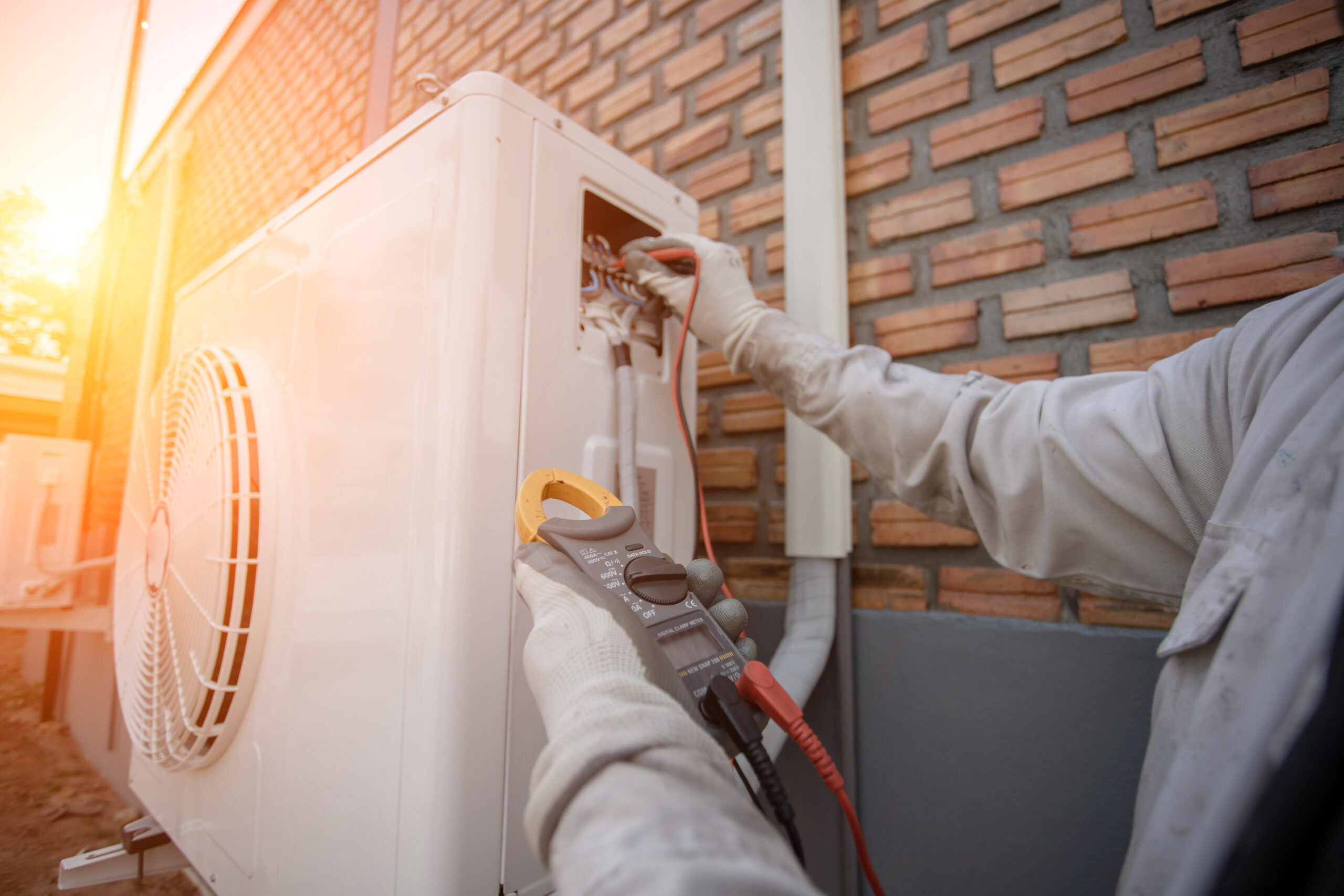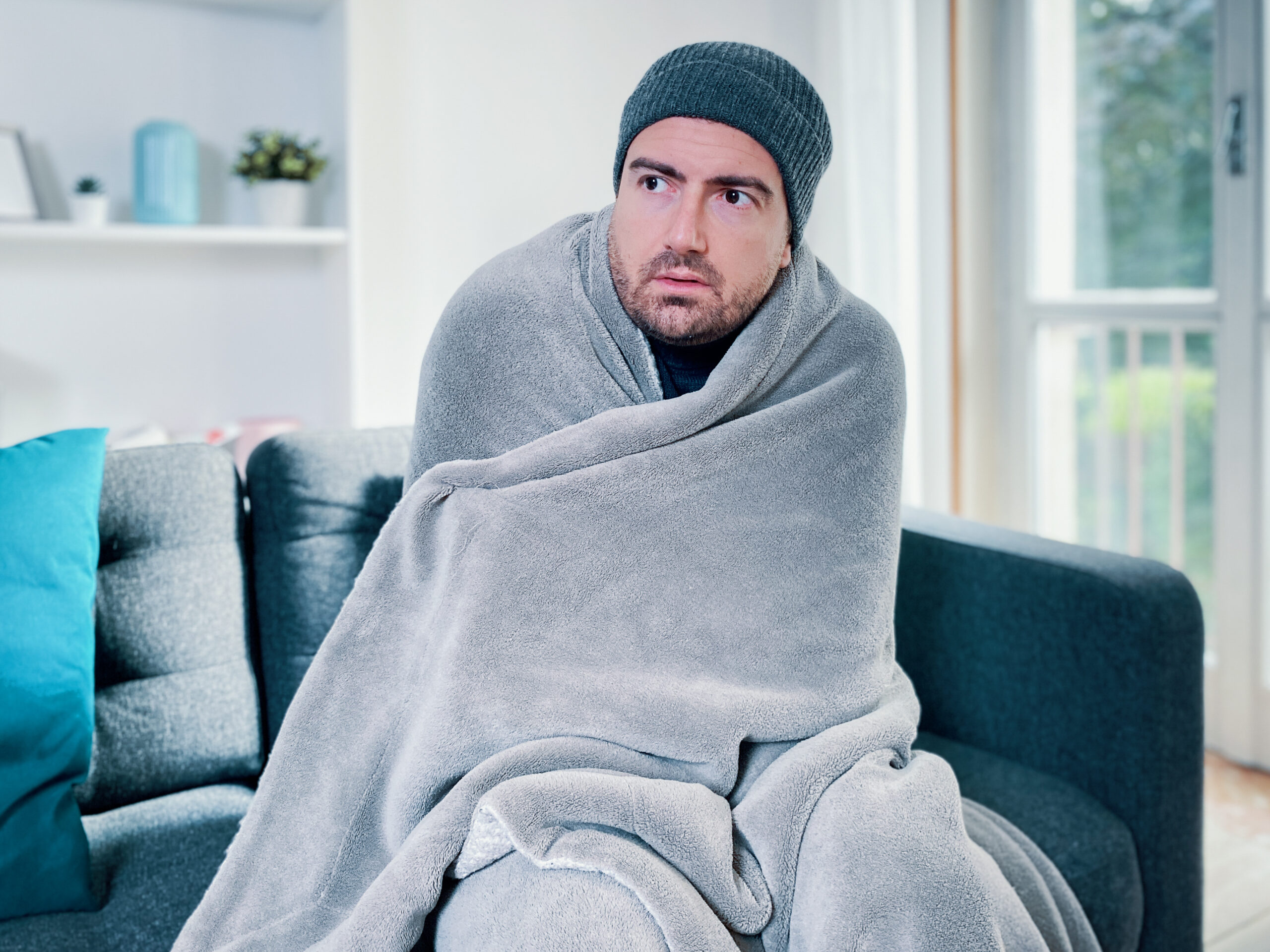Congratulations on your new heat pump! You’ve chosen to take a step in the right direction towards preserving the environment and saving on energy consumption. Adopting this new heating and cooling system is exciting, but it comes with a bit of a learning curve. Novak Heating, Air, and Duct Cleaning shares some heat pump best practices so you can make sure you’re getting the most out of your energy-efficient heating and cooling system.
1 – Don’t Adjust the Temperature For a Short Period of Time
With a furnace or air conditioning system, you might be used to setting your system lower during the day to save energy, and then raising the temperature when your home is occupied for maximum energy savings. While this is a great idea for a furnace and central air conditioning, you should not do this for heat pumps.
Once you’ve found a temperature setting that is comfortable, set it and leave it. Turning a heat pump down when you’re away or sleeping may actually use more energy than leaving it at a constant temperature. This is because it will have to work harder to come back to the desired temperature than it does to maintain it. Adjusting the temperature for short periods of time will not save you money with a heat pump.
2 – Rely on Your Heat Pump Before Your Furnace or Boiler
Many Cedar Rapids homes don’t rely solely on a heat pump for heat throughout the winter. They may have a backup heating system like a furnace or boiler. To maximize your energy savings, always rely on the heat pump for heat first. Set your furnace or boiler to a lower setting. When your home gets chilly during an especially cold night, your backup heating system will kick on to keep your home comfortable.
3 – Avoid “Auto” Mode
Auto mode maintains a constant temperature in your home by alternating between cooling and heating modes. If your system is on “auto” and you have your backup heating system running, you don’t want your heat pump to start cooling your home to compensate for the warmer temperatures indoors. Keep your system set to “heat” throughout the season, and only change it to “cool” once temperatures start to warm up.
4 – Keep Your Filters Clean
Like other HVAC systems, you’ll want to inspect and replace your system’s air filters on a regular basis. Check your filters every month to see how fast they’re filling up. A good rule of thumb is to change out your air filter every 90 days. You can buy replacement filters at your local hardware store. If you have ductless mini splits, be sure to clean the dust filters on a regular basis too, or when you notice the indicator light comes on.
5 – Stay on Top of Regular Maintenance
Heat pump maintenance should be performed twice a year since heat pumps both heat and cool your home. Schedule heat pump maintenance once in the spring before the cooling season, and again in the fall before winter hits. Routine heat pump maintenance will prevent breakdowns, keep your system performing efficiently, and can help extend the expected lifespan of your unit. A well-maintained heat pump should perform reliably for 15-20 years.
6 – Keep Your Outdoor Unit Clear
Heat pumps have an indoor coil and an outdoor unit. Your outdoor unit can easily get clogged up with grass clippings, leaves, and other outdoor debris. It’s important to inspect your outdoor unit regularly and keep it clear to maximize airflow and performance.
7 – Use a Higher Fan Speed
You’ll be surprised by the area your air handler can cover. Make sure that your air handler is unobstructed and is directed towards an open space. Then play with the fan settings to see which speed to see how fast the room will heat up when your system runs. The higher the fan speed the louder the ambient noise, so adjust it to the highest speed you’re comfortable with to make the most of the air movement in a room.
8 – Use the Right Mode To Match Your Comfort Needs
Most heat pumps have three different modes for summer. “Cool” is best for hot days, while “dry” can help fight humidity better. When it’s a comfortable temperature out, but you’d just like a little relief from the heat, opt for “fan” mode. This mode won’t cool the air, but it will help circulate it around the room.
Talk To Novak for Heat Pump Service in the Cedar Rapids, IA Area
Heat pumps are a great HVAC system for home comfort. If you’re interested in learning more about heat pumps or are having issues with yours, talk to your trained and experienced local HVAC professional at Novak Heating, Air, and Duct Cleaning. We’re happy to answer all of your heat pump questions and provide services to keep your system working properly. Contact us today to learn more about heat pumps.


